Home>Garden Essentials>How To Install Lawn Turf On A Concrete Pool
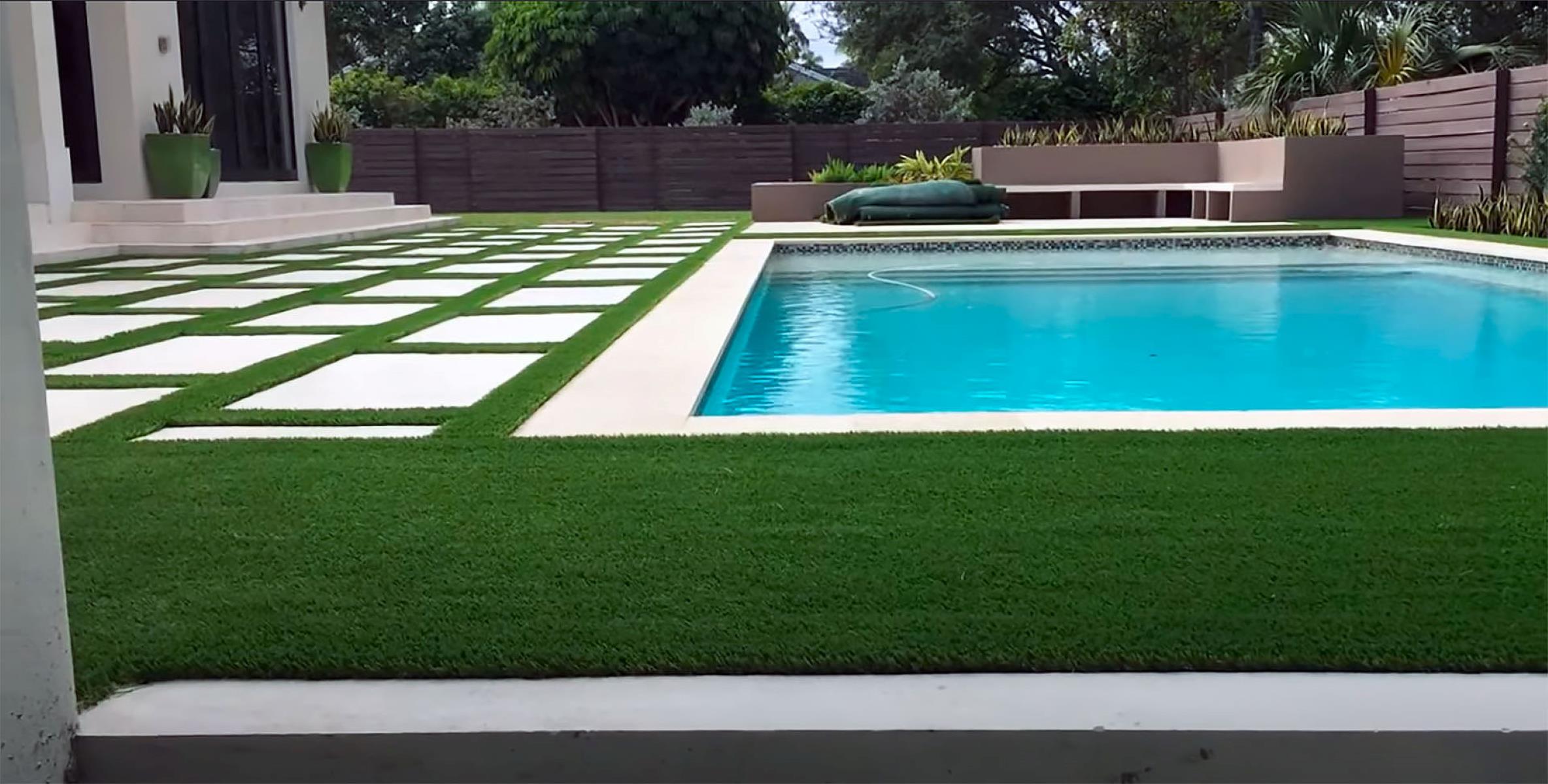

Garden Essentials
How To Install Lawn Turf On A Concrete Pool
Modified: October 20, 2024
Learn how to transform your concrete pool into a beautiful garden oasis with our step-by-step guide on installing lawn turf. Create a lush and vibrant outdoor space with ease.
(Many of the links in this article redirect to a specific reviewed product. Your purchase of these products through affiliate links helps to generate commission for Storables.com, at no extra cost. Learn more)
Introduction
Are you tired of looking at your concrete pool and dreaming of a lush green lawn surrounding it? Well, you’re in luck! With the right techniques and materials, you can transform that boring concrete pool area into a beautiful oasis of green. In this article, we will guide you through the step-by-step process of installing lawn turf on a concrete pool.
Installing lawn turf on a concrete pool not only adds aesthetic appeal but also provides a comfortable and safe area for lounging and playing. Whether you want to create a full-fledged backyard paradise or simply add a touch of green to your pool area, this step-by-step guide will ensure a successful installation.
Before we dive into the installation process, it’s essential to prepare the pool area properly. This includes checking and repairing the concrete surface, applying a weed barrier, and installing a drainage system. Once these preparatory steps are complete, you can move on to preparing the lawn turf and installing it on the concrete pool.
Securing the turf edges and providing proper water and maintenance are also crucial for a long-lasting and vibrant lawn. By following these steps, you’ll be able to enjoy a stunningly green and inviting pool area in no time.
So, let’s get started with transforming your concrete pool into a dreamy oasis of green with the installation of lawn turf!
Key Takeaways:
- Transform your concrete pool into a lush oasis by following step-by-step instructions to install lawn turf. Enjoy a vibrant and low-maintenance green space for relaxation and gatherings.
- Maintain your new lawn turf oasis with proper watering, mowing, and weed control. Keep your pool area beautiful and inviting for years to come with regular care and attention.
Read more: How To Install Turf On Concrete
Step 1: Preparing the Pool Area
Before you can begin the process of installing lawn turf on your concrete pool, it’s crucial to properly prepare the pool area. Here are the steps to follow:
- Clear the area: Start by removing any furniture, debris, or vegetation from the pool area. This will provide a clean slate to work with and ensure there are no obstructions during the installation process.
- Clean the concrete: Thoroughly clean the concrete surface to remove dirt, dust, and any other contaminants. You can use a pressure washer or a stiff brush with a cleaning solution to ensure the surface is free from any debris or stains. Allow the concrete to dry completely before proceeding to the next step.
- Measure the pool area: Measure the dimensions of the pool area to determine the amount of lawn turf you’ll need. Take accurate measurements, considering any irregularities or obstructions such as steps or walkways, to ensure you have enough turf to cover the entire area.
- Plan the layout: Before installing the turf, it’s important to plan the layout. Determine the direction in which you want the turf blades to face and mark any cut lines or areas where the turf needs to be trimmed to fit the pool’s shape.
By properly preparing the pool area, you’ll create a solid foundation for the installation of the lawn turf. This will ensure a smooth and seamless installation process and help achieve a professional-looking result.
Step 2: Checking and Repairing the Concrete Surface
Before proceeding with the installation of lawn turf on your concrete pool, it’s essential to thoroughly check the surface for any damage or imperfections. Here’s what you need to do:
- Inspect for cracks: Carefully examine the concrete surface for any cracks. Small hairline cracks can be repaired using a concrete repair compound or epoxy filler. For larger cracks, it may be necessary to hire a professional to properly repair and reinforce the concrete.
- Level the surface: If the concrete surface has any uneven areas or dips, these should be leveled to ensure a smooth and even lawn turf installation. Use a self-leveling compound or a concrete grinder to fix any unevenness and create a flat surface.
- Repair damaged edges: Inspect the edges of the pool area for any damage or deterioration. Crumbling or chipped edges can be repaired by applying a concrete bonding agent and then filling in the damaged areas with a concrete patching compound.
- Smooth out rough surfaces: If the concrete surface is rough or has sharp edges, it’s recommended to grind or sand it down to create a smoother finish. This will not only prevent any discomfort when walking on the turf but also ensure a better bond between the turf and the concrete.
By checking and repairing the concrete surface, you’ll ensure a stable and durable foundation for the lawn turf installation. It’s important to address any issues and make the necessary repairs before proceeding with the next steps.
Step 3: Applying a Weed Barrier
Before installing the lawn turf on your concrete pool, it’s important to prevent the growth of weeds and other unwanted vegetation. Applying a weed barrier will help ensure that your turf remains weed-free and maintains its pristine appearance. Follow these steps to apply a weed barrier:
- Clean the concrete surface: Make sure the concrete surface is clean and free from any debris or loose particles. Sweep or blow away any dirt before proceeding.
- Choose a weed barrier: Select a high-quality weed barrier material that is specifically designed for use under synthetic turf. This will help prevent weeds from penetrating the turf and also allows for proper drainage.
- Measure and cut the weed barrier: Measure the dimensions of the pool area and cut the weed barrier material accordingly. Leave some extra inches on each side to ensure complete coverage and overlap the edges for maximum weed prevention.
- Secure the weed barrier: Lay the weed barrier evenly over the concrete surface. Use landscape staples or nails to secure the edges and any overlapping areas. This will prevent the barrier from shifting during the turf installation process.
- Make cuts for drains and fixtures: If you have any drains, fixtures, or other obstructions on the concrete surface, make precise cuts in the weed barrier to accommodate them. This will ensure that water drains properly and the turf fits seamlessly around these areas.
Applying a weed barrier is crucial to maintaining a flawless and weed-free lawn turf installation. By taking this step, you’ll create a barrier between the turf and the concrete, preventing weeds from ruining the overall aesthetics and health of your lawn.
Step 4: Installing a Drainage System
Proper drainage is essential for maintaining the health and longevity of your lawn turf on a concrete pool. Without adequate drainage, water can accumulate and lead to issues such as waterlogging and poor turf growth. Here’s how to install a drainage system:
- Assess the existing drainage: Evaluate the current drainage situation in your pool area. Check for any existing drains or drainage pipes and ensure they are functioning properly. If needed, clean out any clogged drains and repair any damaged pipes.
- Create a drainage slope: If your pool area does not have adequate natural slope for water to drain, you may need to create a slight slope. This can be done by adding a thin layer of compacted sand or soil to adjust the elevation.
- Install a French drain: A French drain is a common drainage solution for pool areas. Dig a trench along the perimeter of the pool, ensuring it slopes away from the pool. Fill the trench with gravel and place a perforated pipe on top. Cover the pipe with landscape fabric and backfill the trench with additional gravel.
- Connect to existing drainage system: If you have an existing drainage system, connect the French drain to it to ensure proper water flow. This will prevent water accumulation around the pool area and keep the turf healthy.
- Test the drainage system: Once the drainage system is in place, thoroughly test it by pouring water onto the pool area and ensuring that it drains away efficiently. Make any adjustments or repairs if necessary.
Installing a drainage system is vital to prevent water buildup and ensure the longevity of your lawn turf. By allowing water to drain properly, you’ll avoid issues such as waterlogged turf, mold, and odors, and help maintain a healthy and lush green lawn around your concrete pool.
Before installing lawn turf on a concrete pool, make sure to clean and level the surface to ensure proper drainage. Consider using a layer of topsoil or a drainage mat to promote healthy grass growth.
Read more: How To Install Turf Around Pool
Step 5: Preparing the Lawn Turf
Now that the pool area is properly prepared and the drainage system is in place, it’s time to get your lawn turf ready for installation. Preparing the lawn turf before installation is important to ensure a seamless and professional-looking result. Follow these steps:
- Choose high-quality turf: Select a high-quality lawn turf that is suitable for your climate and intended use. Look for turf that is durable, UV-resistant, and has realistic-looking blades.
- Allow the turf to acclimate: Unroll the lawn turf in a well-ventilated area and leave it to acclimate for a few hours or as recommended by the manufacturer. This will allow the turf to adjust to the temperature and humidity, ensuring better installation and appearance.
- Trim any excess: If necessary, trim any excess turf along the edges using a sharp utility knife. Make sure to follow the marked cut lines from the planning stage to achieve a precise fit.
- Inspect for defects: Take a close look at the turf and check for any defects or irregularities. Look for any discoloration, loose threads, or damaged blades. If you notice any issues, contact the supplier or manufacturer for assistance.
- Roll out the turf: Begin rolling out the turf from one end of the pool area, ensuring it is aligned with the planned layout direction. Smooth out any wrinkles or folds as you go along to achieve a flat and even surface.
- Overlap seams and trim: If multiple rolls of turf are needed to cover the pool area, overlap the seams by a few inches. Trim any excess overlapped turf with a utility knife to create seamless and invisible joints.
By properly preparing the lawn turf before installation, you’ll ensure a flawless and professional finish. Taking the time to acclimate the turf, trim excess, and inspect for defects will result in a visually pleasing and long-lasting lawn around your concrete pool.
Step 6: Installing the Lawn Turf on the Concrete Pool
With the pool area prepared and the turf ready, it’s time to start installing the lawn turf on your concrete pool. Follow these steps for a successful installation:
- Apply adhesive: Apply a high-quality turf adhesive to the backside of the turf, following the manufacturer’s instructions. Use a notched trowel to spread the adhesive evenly, ensuring good coverage.
- Start from one end: Begin laying the turf from one end of the pool area, carefully positioning it and pressing it into place. Take your time to align the edges and make sure the turf is firmly adhered to the concrete surface.
- Smooth out wrinkles and bubbles: As you lay down the turf, smooth out any wrinkles or bubbles that may occur. Use a lawn roller or a weighted tamper to press the turf firmly onto the adhesive and remove any air pockets.
- Continue the installation: Roll out the turf in sections, repeating the process of applying adhesive, positioning, and smoothing until the entire pool area is covered. Take care to match the seams and edges for a seamless and uniform appearance.
- Trim excess turf: Once all the turf is laid down, trim any excess along the edges using a sharp utility knife. Follow the shape of the pool and any marked cut lines from the layout planning to achieve a precise fit.
- Clean up: Carefully remove any excess adhesive or debris from the pool area, ensuring a clean and polished look.
By following these steps, you’ll be able to install the lawn turf on your concrete pool efficiently and achieve a beautiful and professional result. Take your time during the installation process to ensure each piece of turf is properly positioned and adhered for a seamless and visually appealing finish.
Step 7: Securing the Turf Edges
Once the lawn turf is installed on your concrete pool, it’s important to secure the edges to ensure that the turf stays in place and maintains its pristine appearance. Follow these steps to secure the turf edges:
- Trim excess turf: Use a sharp utility knife to trim any excess turf that extends over the edges of the pool area. This will create a clean and finished look.
- Apply edge adhesive: Apply a turf adhesive along the edges of the concrete surface, ensuring a thin and even layer. This will help bond the turf to the edges and prevent it from lifting or shifting.
- Press down the turf: Carefully press down the turf along the edges onto the adhesive, making sure it is securely attached. Use a lawn roller or a weighted tamper to create a firm connection.
- Secure the edges: To provide extra reinforcement, you can use landscape stakes or nails to secure the turf edges into the concrete. Place them at regular intervals along the perimeter, ensuring they are driven deep enough to hold the turf in place.
- Seam the edges (optional): If you have multiple rolls of turf and overlapping seams along the edges, you can use seaming tape and adhesive to create a seamless connection. Follow the manufacturer’s instructions for applying the seaming tape and adhesive.
- Inspect the edges: After securing the turf edges, take a final look to ensure that they are smooth, tight, and properly secured. Adjust and reapply adhesive or stakes as necessary.
By following these steps, you’ll be able to secure the turf edges and ensure that your lawn turf stays in place even during heavy foot traffic or inclement weather. This will help maintain the overall appearance and integrity of your lawn surrounding the concrete pool.
Step 8: Watering and Maintenance
Now that the lawn turf is installed and the edges are secured, it’s important to properly water and maintain your new green oasis. Follow these steps to ensure the health and longevity of your lawn:
- Watering: After installation, thoroughly water the lawn turf to help it settle and establish. Use a sprinkler or hose to evenly distribute water over the entire surface. Water the turf deeply, but be careful not to overwater, as it can lead to waterlogged soil and potential issues.
- Establish a watering schedule: Once the turf is settled, establish a regular watering schedule. It’s important to water deeply and infrequently, allowing the water to penetrate the soil to promote healthy root growth. Avoid watering during the hottest part of the day to minimize water evaporation.
- Mowing: As your lawn turf grows, it will require occasional mowing to maintain its desired height. Set your mower blades to an appropriate height recommended for the specific turf variety you have installed. Be careful not to cut the grass too short, as it can stress the turf and lead to a weakened appearance.
- Weed control: Regularly inspect your lawn for any signs of weeds and promptly remove them to prevent them from taking root and spreading. You can manually pull out weeds or use an appropriate weed control product that won’t harm the lawn turf.
- Fertilization: Depending on the turf variety, it may require periodic fertilization to keep it lush and green. Choose a fertilizer specifically formulated for your turf type and apply it according to the manufacturer’s instructions. This will provide the necessary nutrients for healthy growth and appearance.
- Addressing bare spots: If you notice any bare or thinning areas in your lawn turf, address them promptly. Gently loosen the soil, apply fresh turf adhesive, and insert replacement turf patches to fill in the bare spots. Water and care for the patched areas until they blend in seamlessly with the rest of the lawn.
- Maintain cleanliness: Regularly remove any debris, fallen leaves, or pet waste from the turf surface. This will not only keep your lawn looking clean and tidy but also prevent any potential damage or discoloration to the turf.
- Regular inspections: Periodically inspect your lawn turf for any signs of damage, pests, or irregularities. Address any issues promptly to prevent further damage and ensure the long-term health and appearance of your lawn.
By following these watering and maintenance steps, you’ll be able to keep your lawn turf looking lush, vibrant, and healthy around your concrete pool. With proper care, your lawn will continue to provide a beautiful green space for you to enjoy for years to come.
Conclusion
Congratulations! You have successfully transformed your concrete pool area into a stunning oasis of green by installing lawn turf. With each step carefully executed, from preparing the pool area to securing the turf edges, you have created a beautiful and inviting space for relaxation and enjoyment.
Lawn turf on a concrete pool not only enhances the visual appeal of the area but also provides a comfortable and safe surface for various activities. Whether you plan to lounge by the pool, host gatherings, or simply bask in the beauty of your surroundings, your new lawn turf will create the perfect ambiance.
Remember to maintain your lawn turf through proper watering and regular maintenance practices. This includes establishing a watering schedule, mowing at appropriate heights, controlling weeds, fertilizing as needed, and addressing any bare spots or issues promptly. By following these maintenance steps, you’ll ensure the long-term health and vibrancy of your lawn.
With your newly installed lawn turf, you’ll enjoy the benefits of a beautiful green space without the hassle and maintenance requirements of natural grass. The durable and low-maintenance nature of lawn turf makes it a perfect choice for your concrete pool area.
So relax, unwind, and enjoy the lush and vibrant oasis you have created around your concrete pool. Whether you’re lounging by the water or hosting poolside parties, your lawn turf will provide a beautiful and comfortable setting for memorable moments.
Remember to periodically inspect your lawn turf, address any issues that may arise, and continue to care for it properly. With your attention and care, your lawn turf will continue to thrive and provide endless enjoyment for years to come.
Get ready to soak up the sun, take a dip in the pool, and indulge in the beauty and serenity of your newly transformed concrete pool area with your stunning lawn turf installation.
Frequently Asked Questions about How To Install Lawn Turf On A Concrete Pool
Was this page helpful?
At Storables.com, we guarantee accurate and reliable information. Our content, validated by Expert Board Contributors, is crafted following stringent Editorial Policies. We're committed to providing you with well-researched, expert-backed insights for all your informational needs.
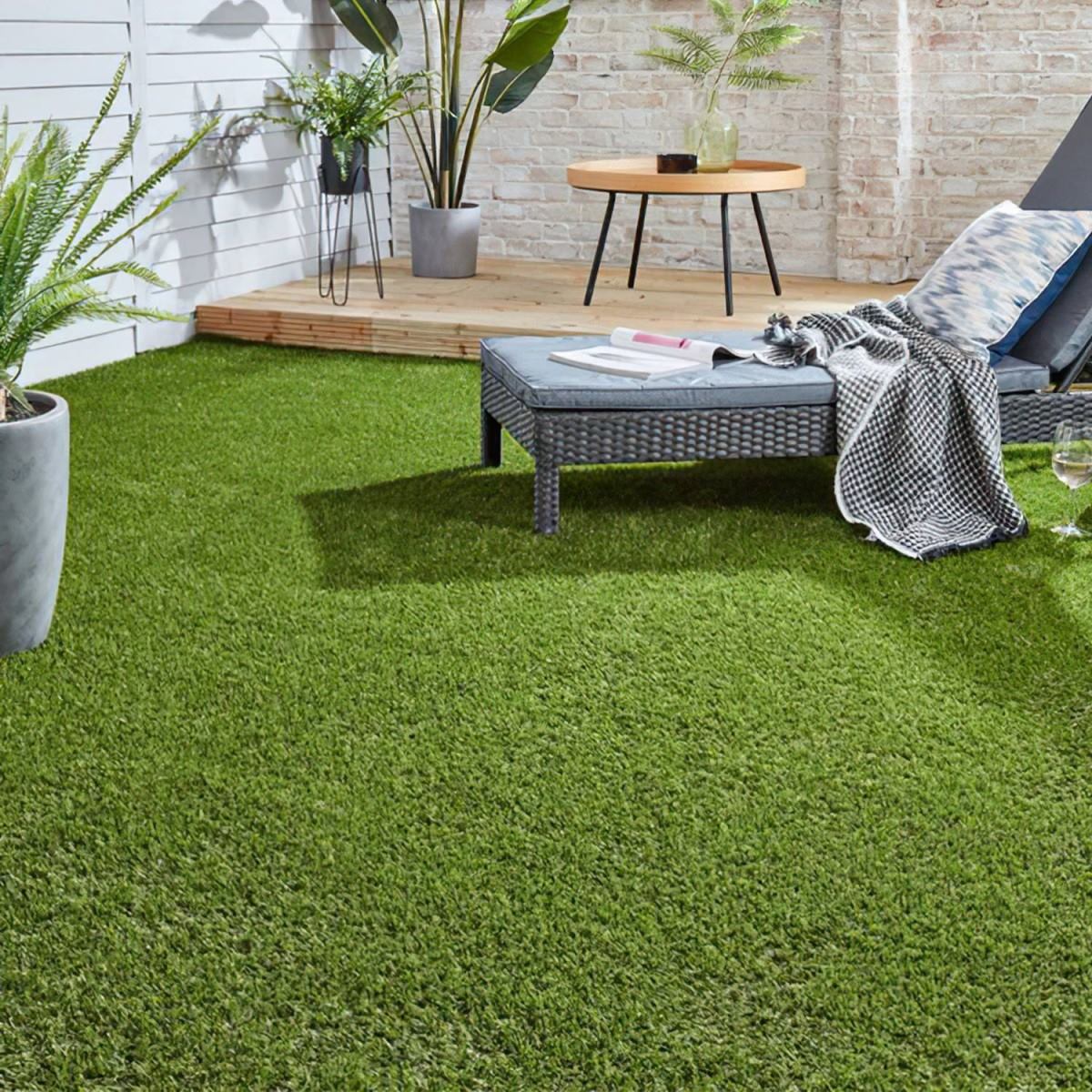
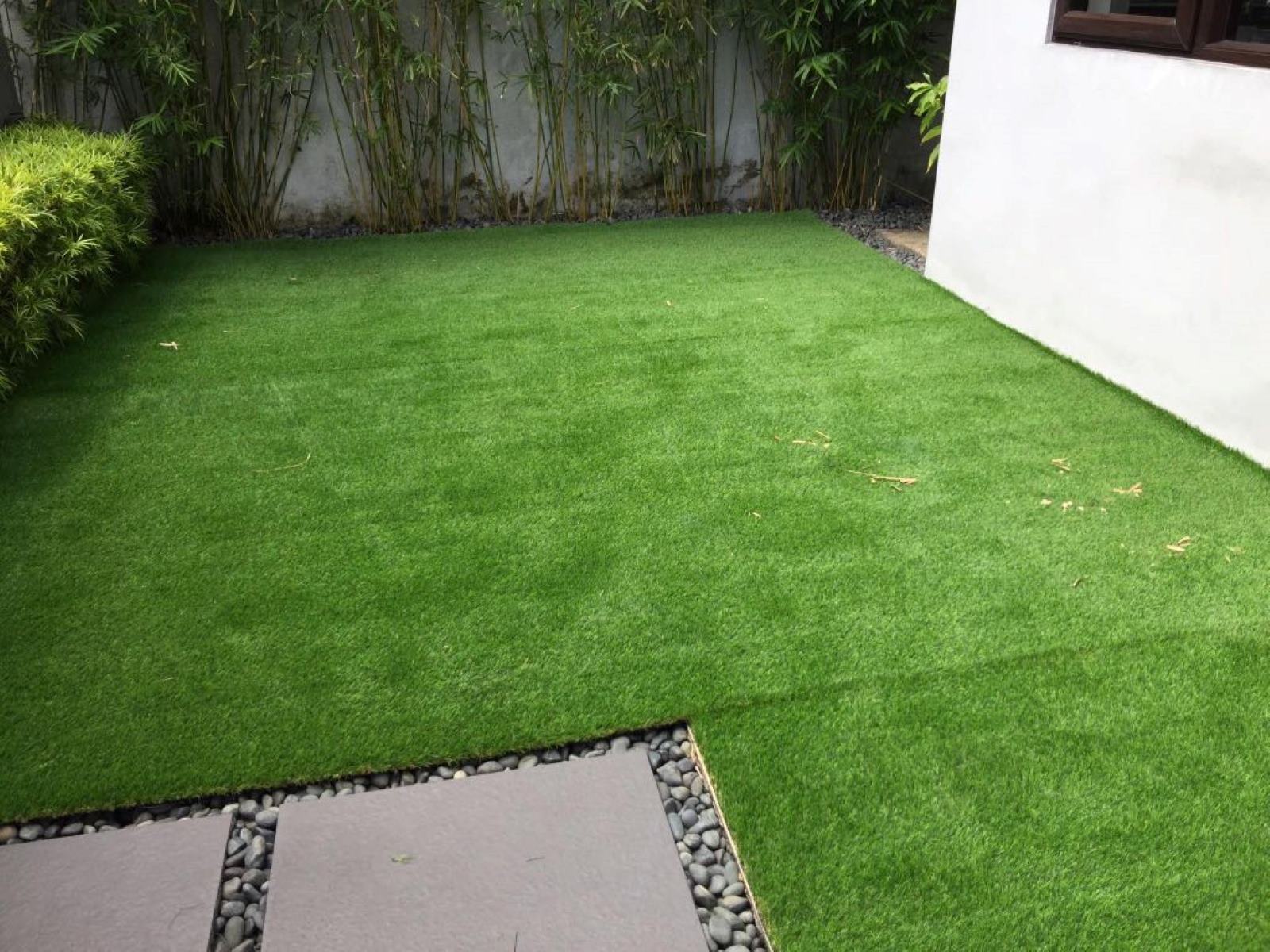
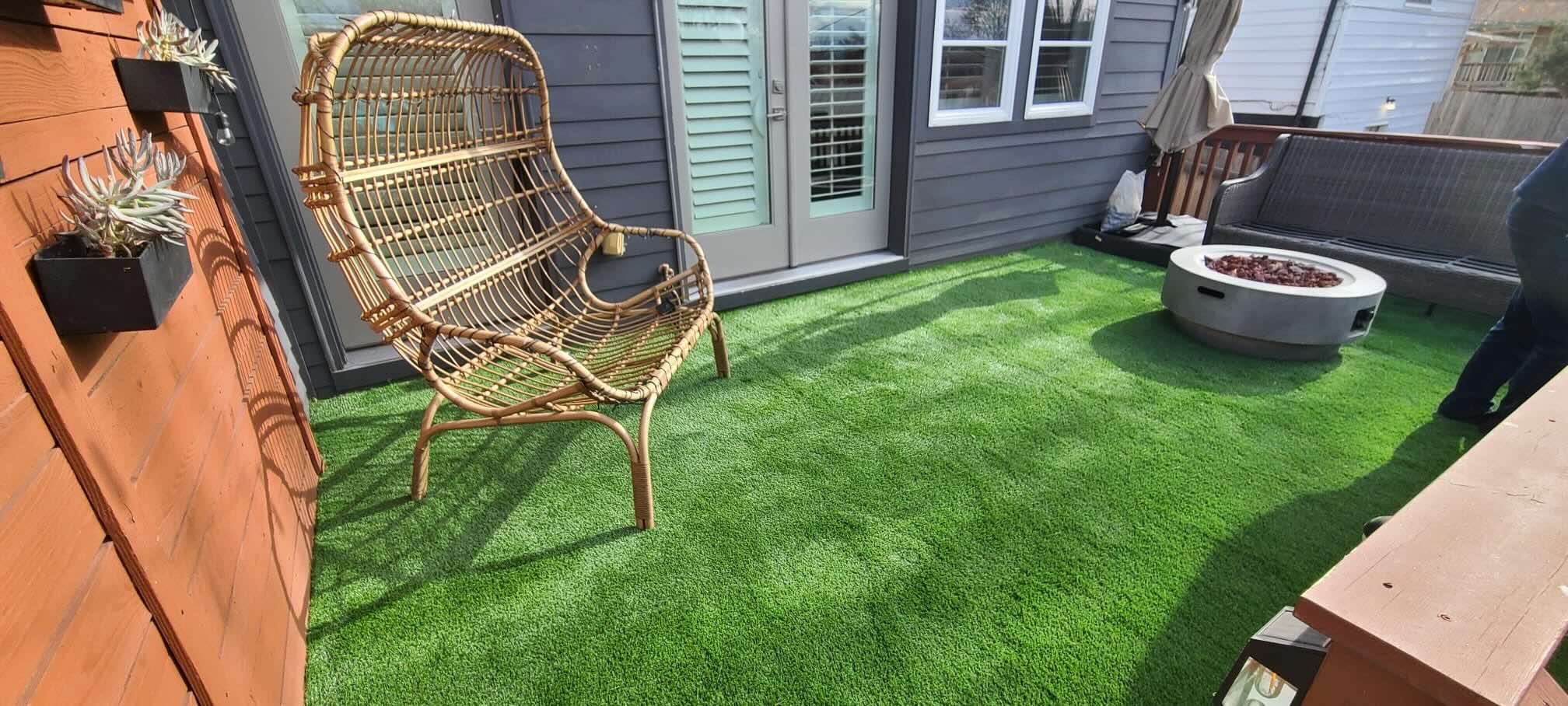
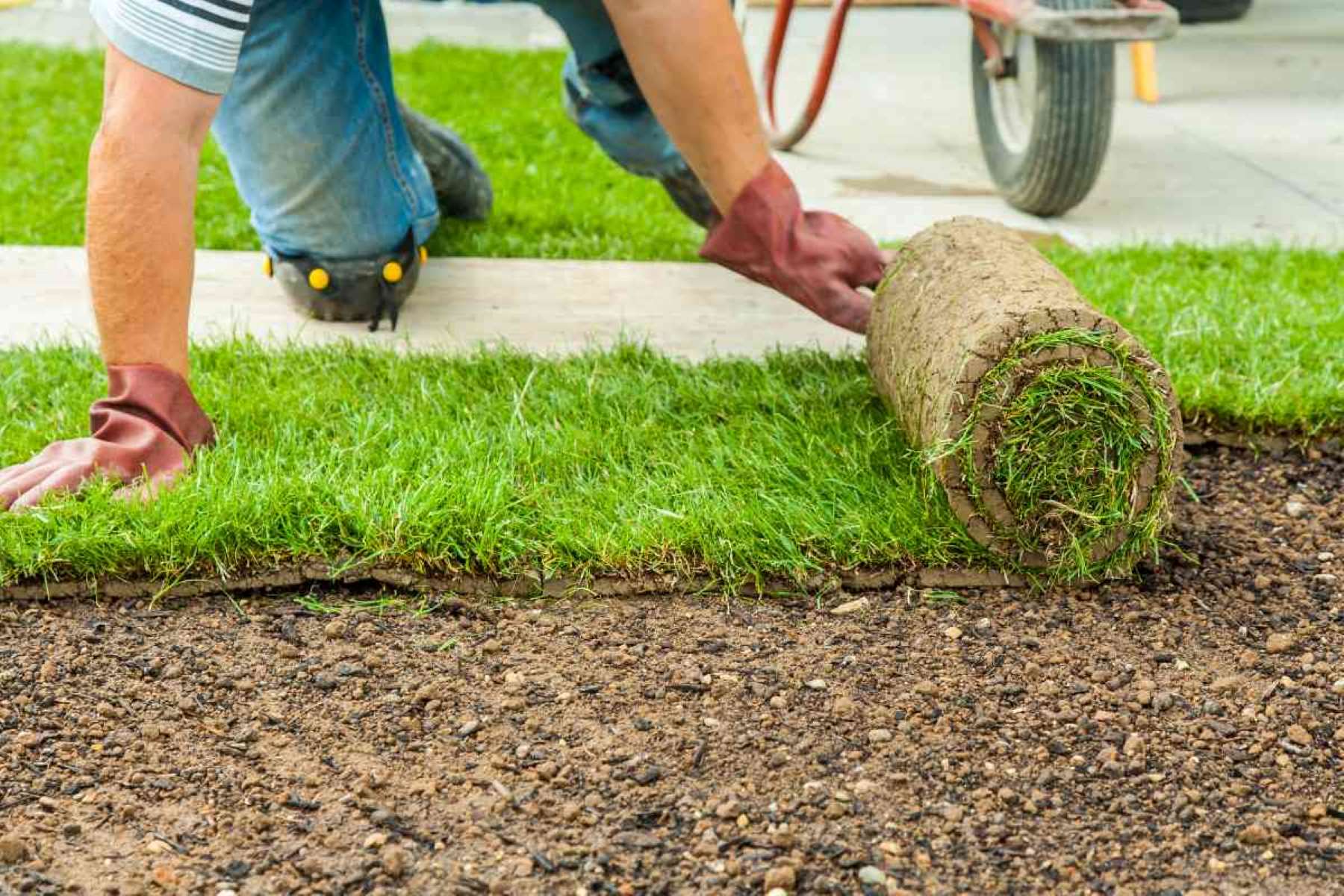
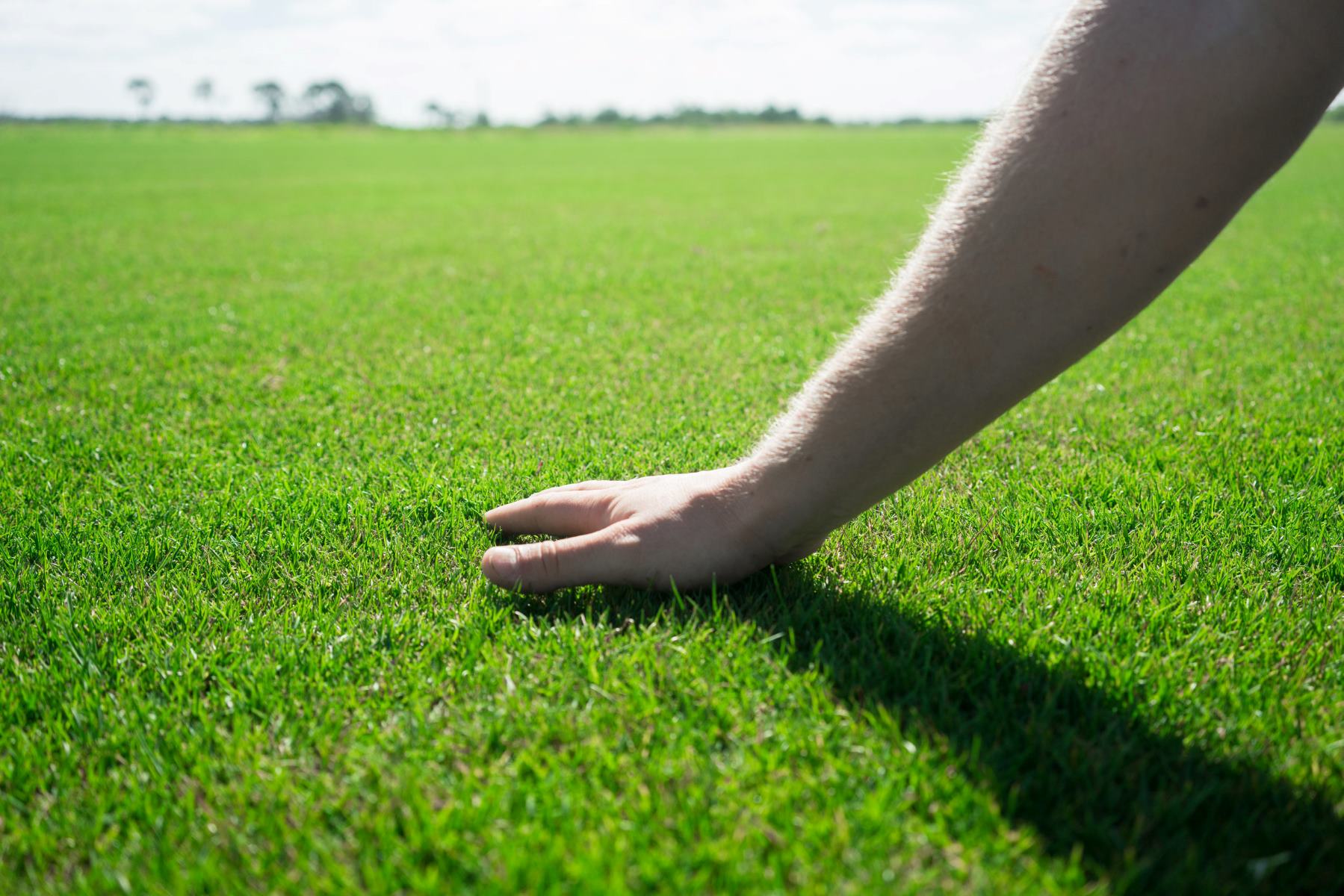
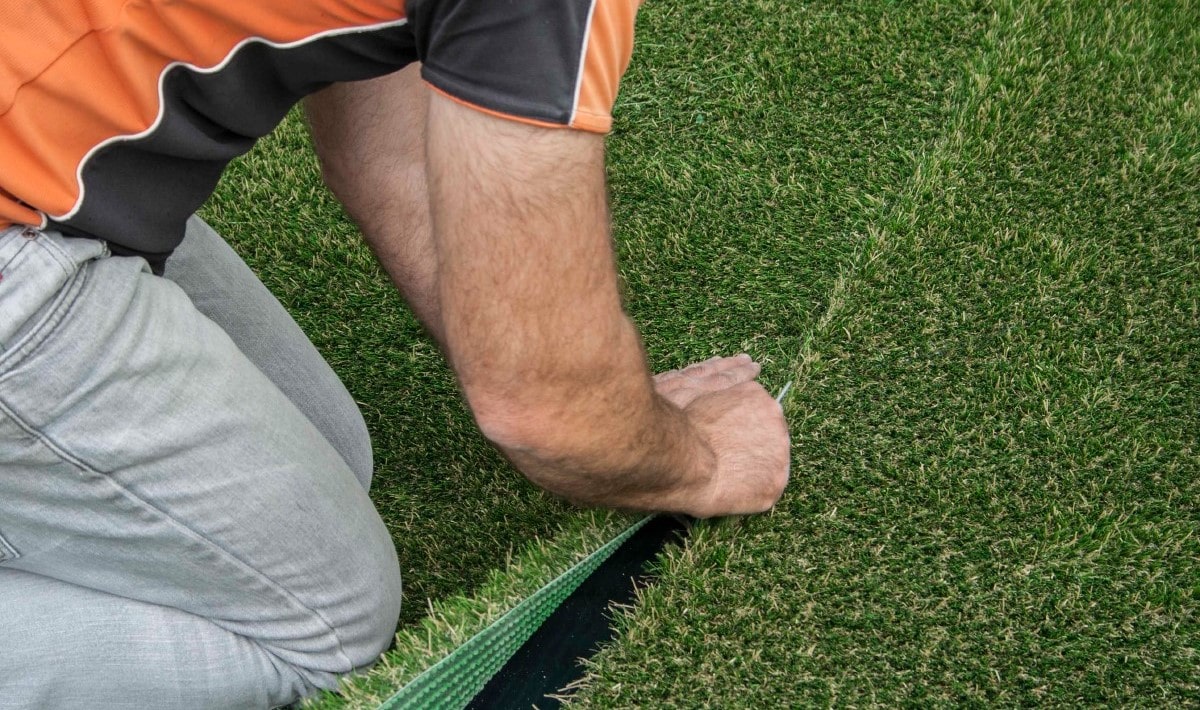
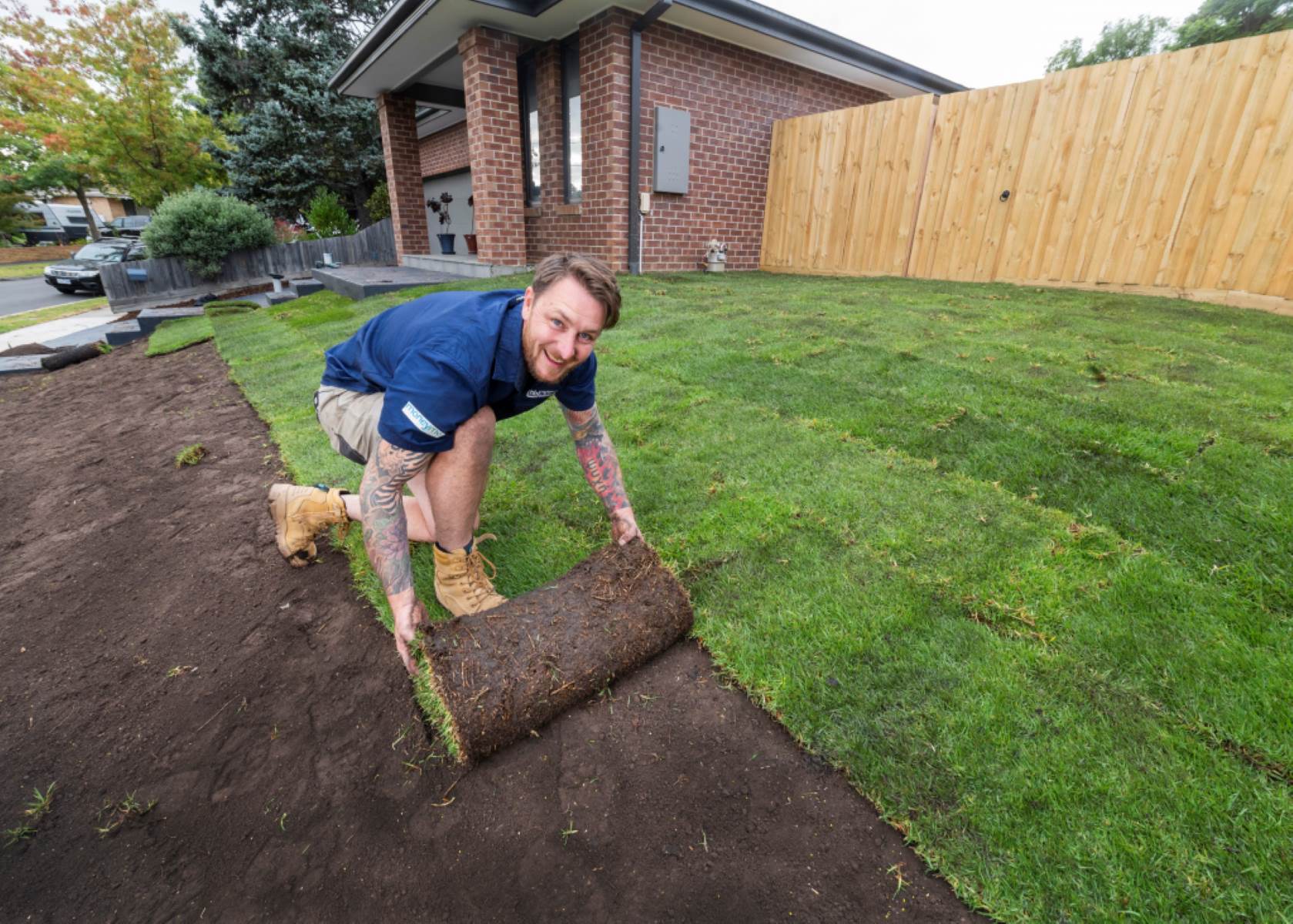
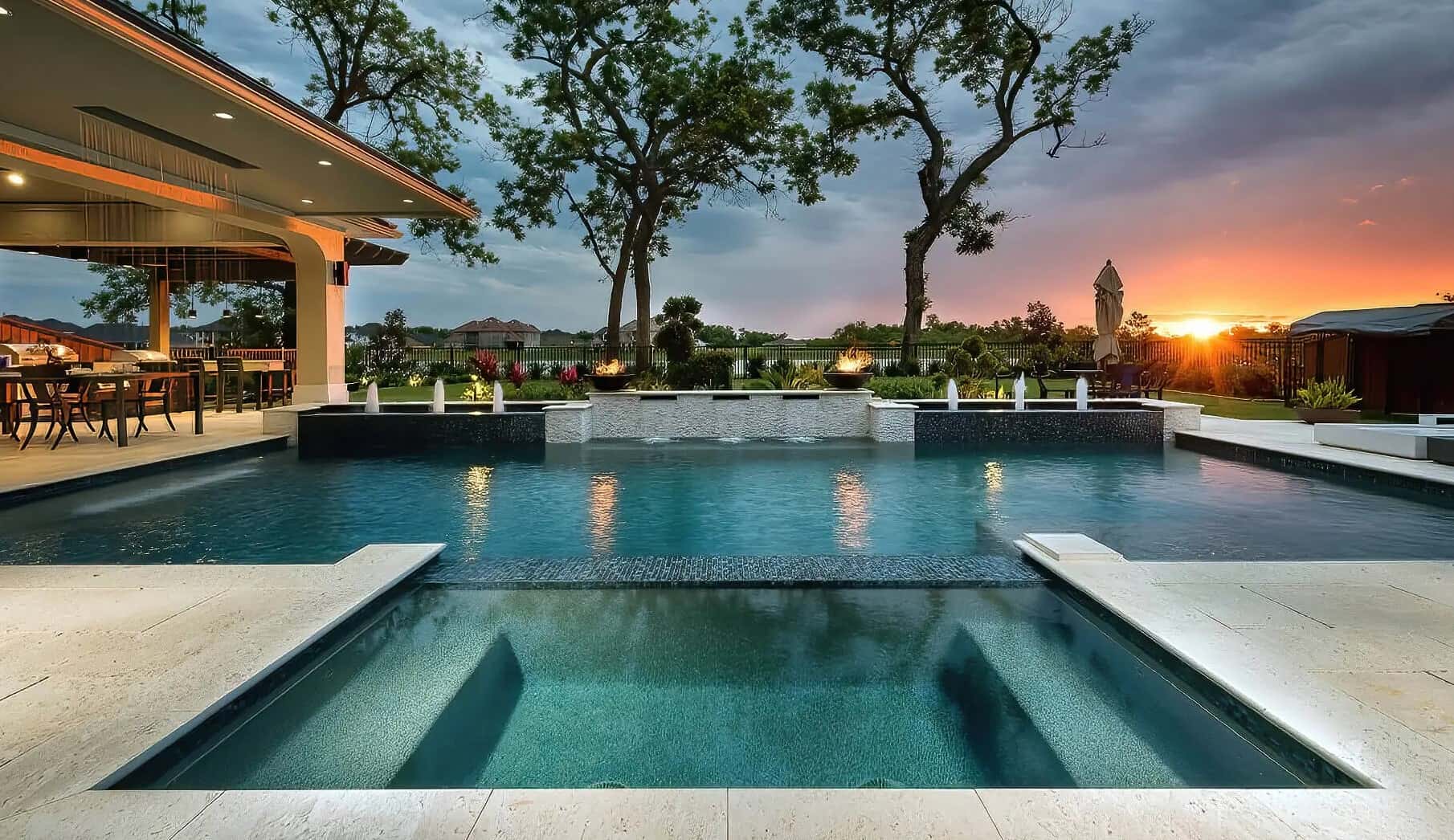
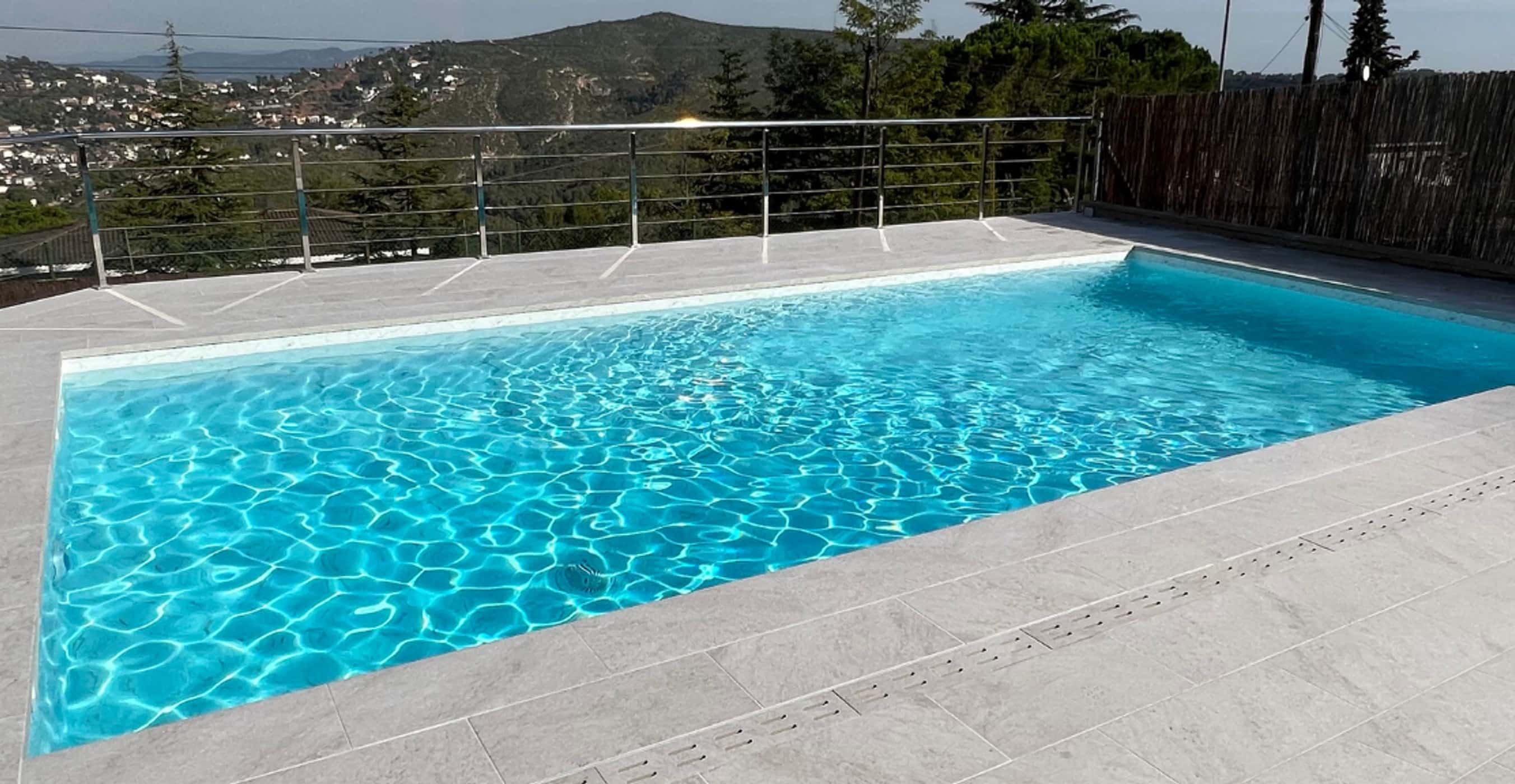
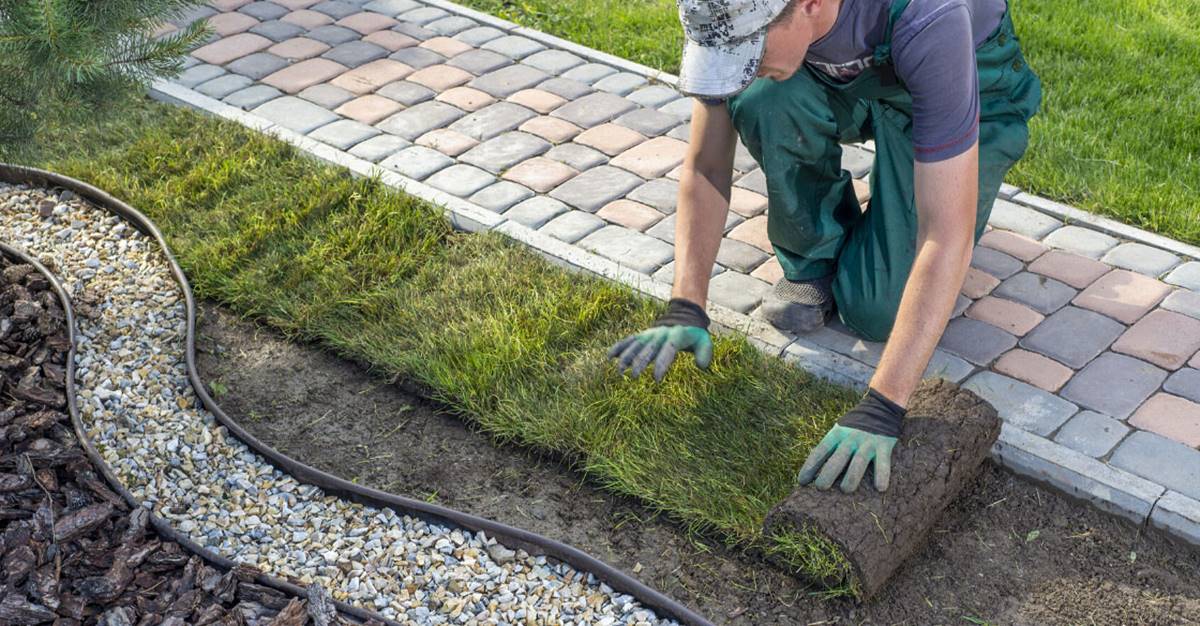
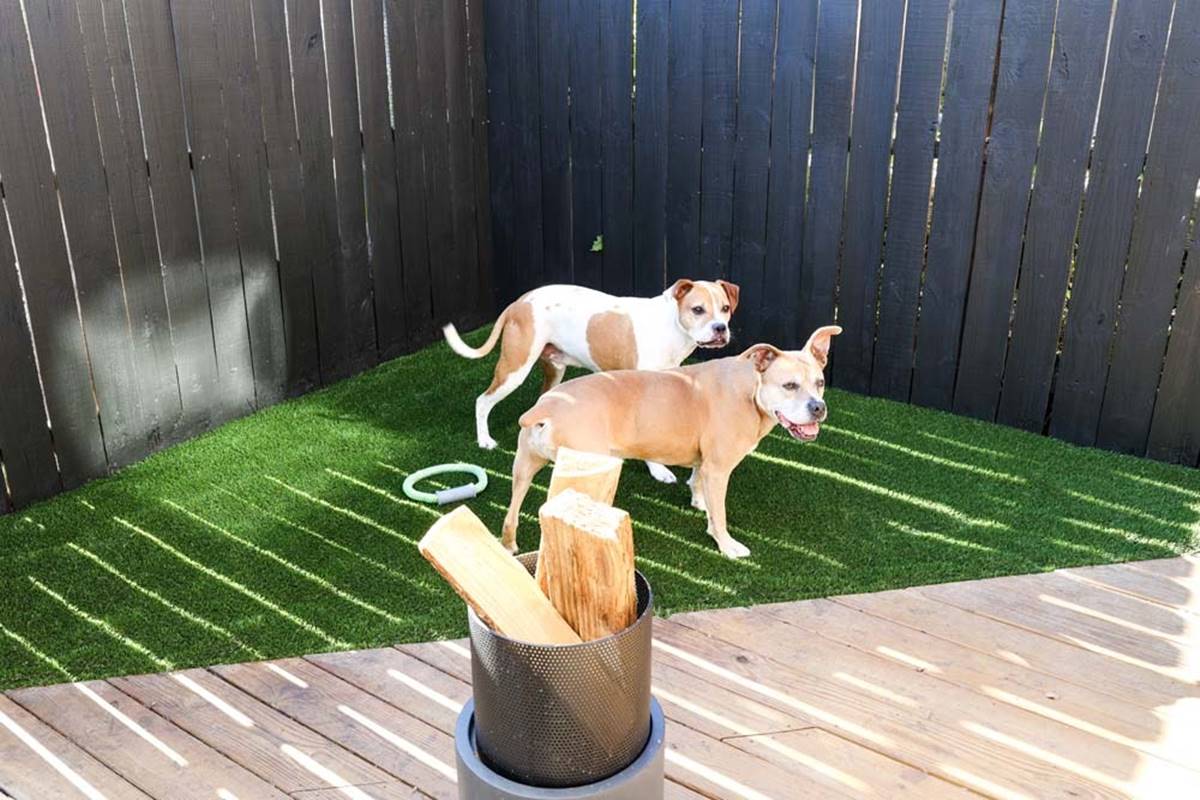

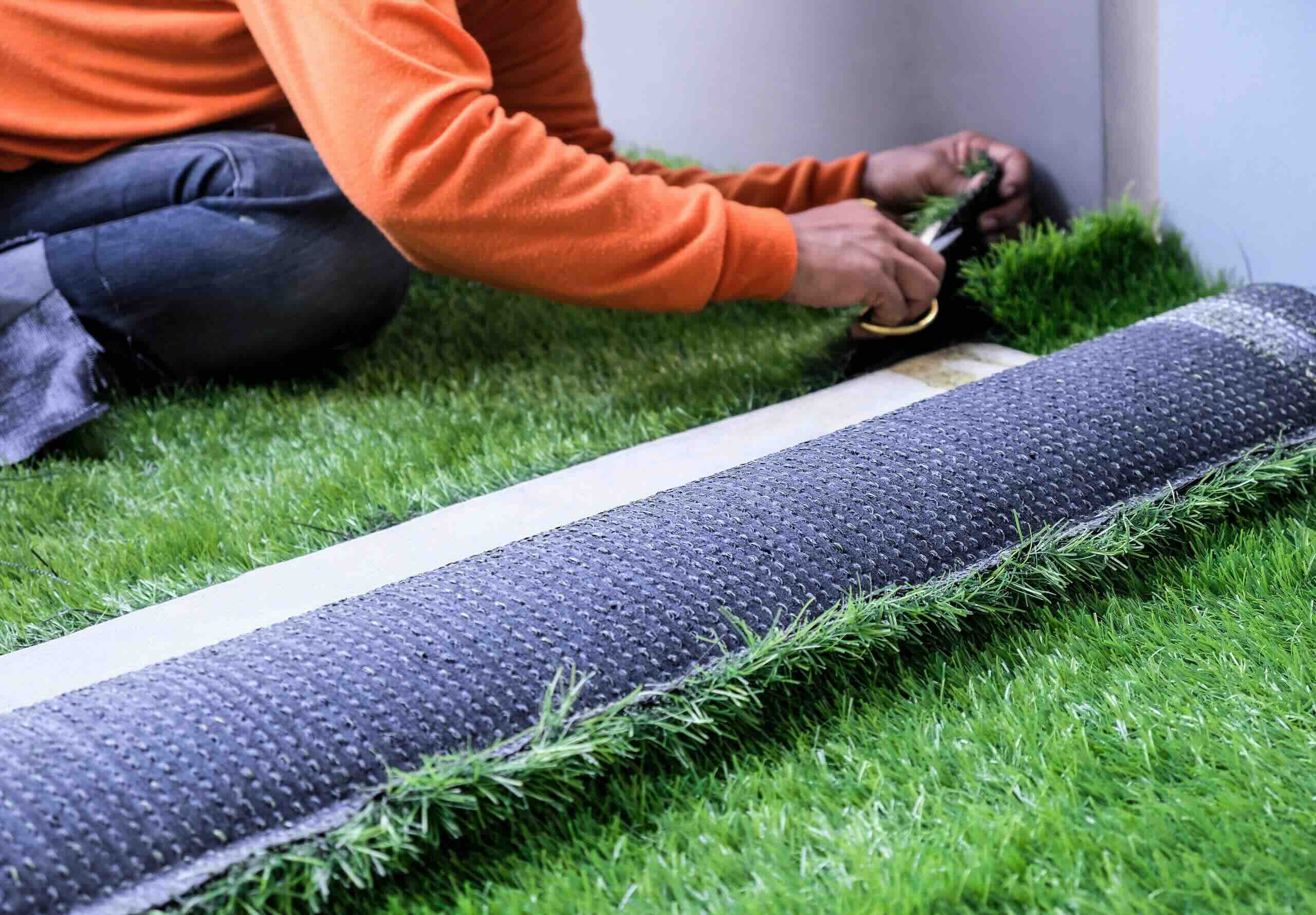

0 thoughts on “How To Install Lawn Turf On A Concrete Pool”